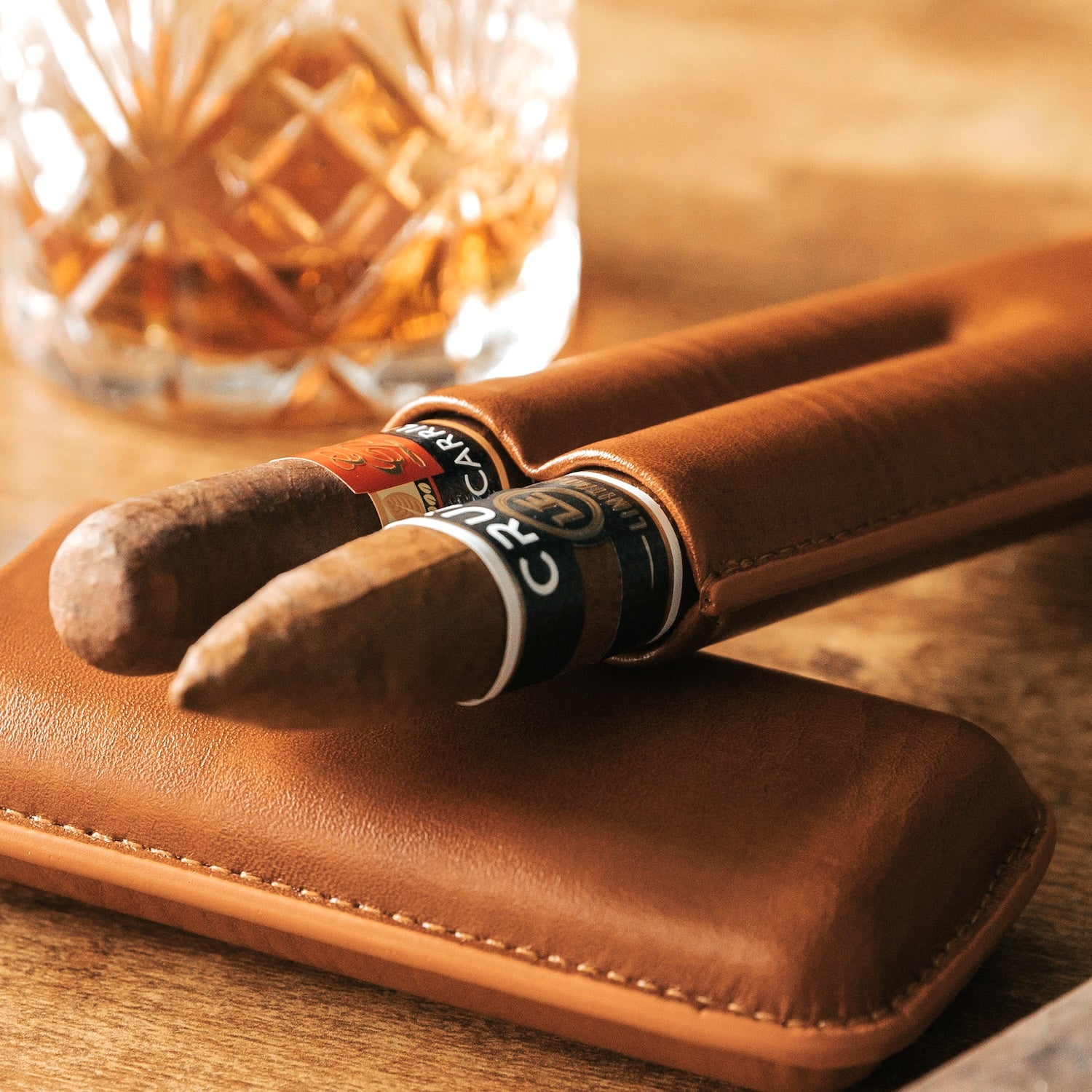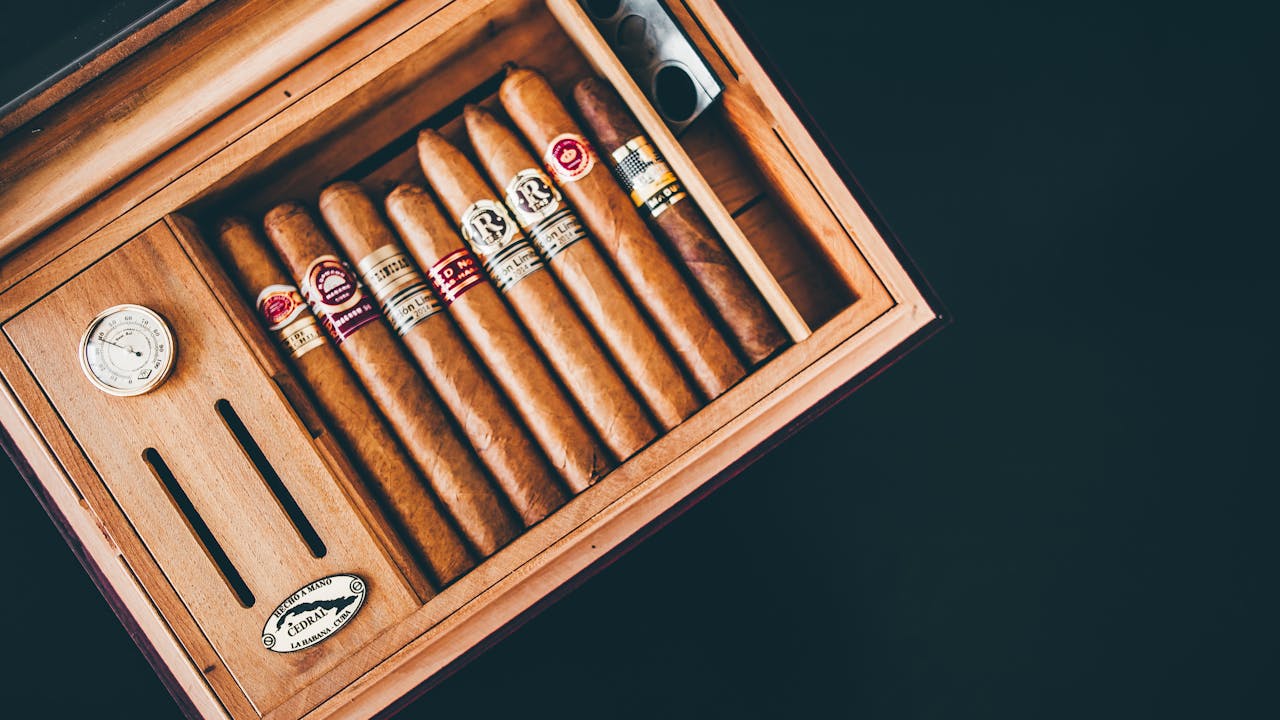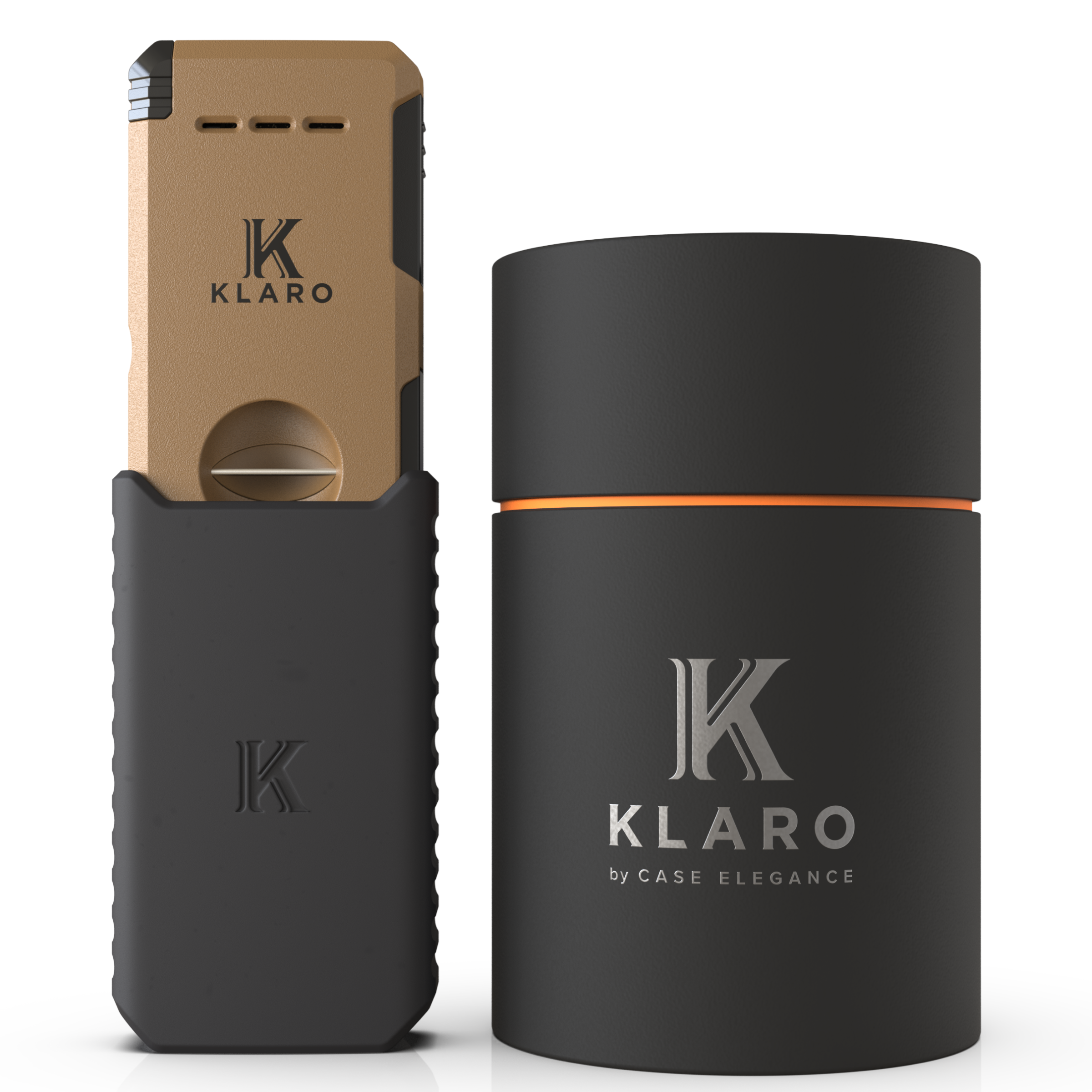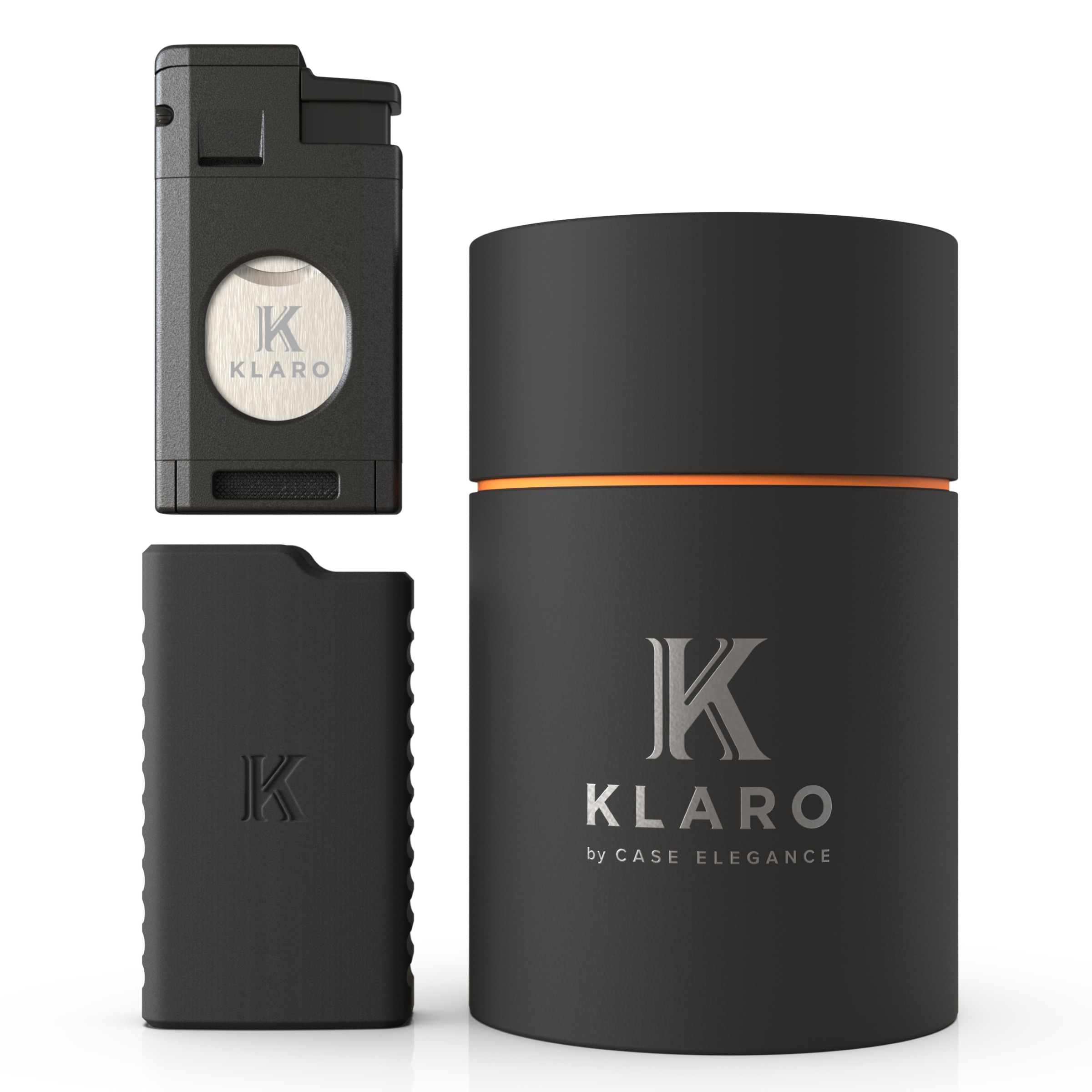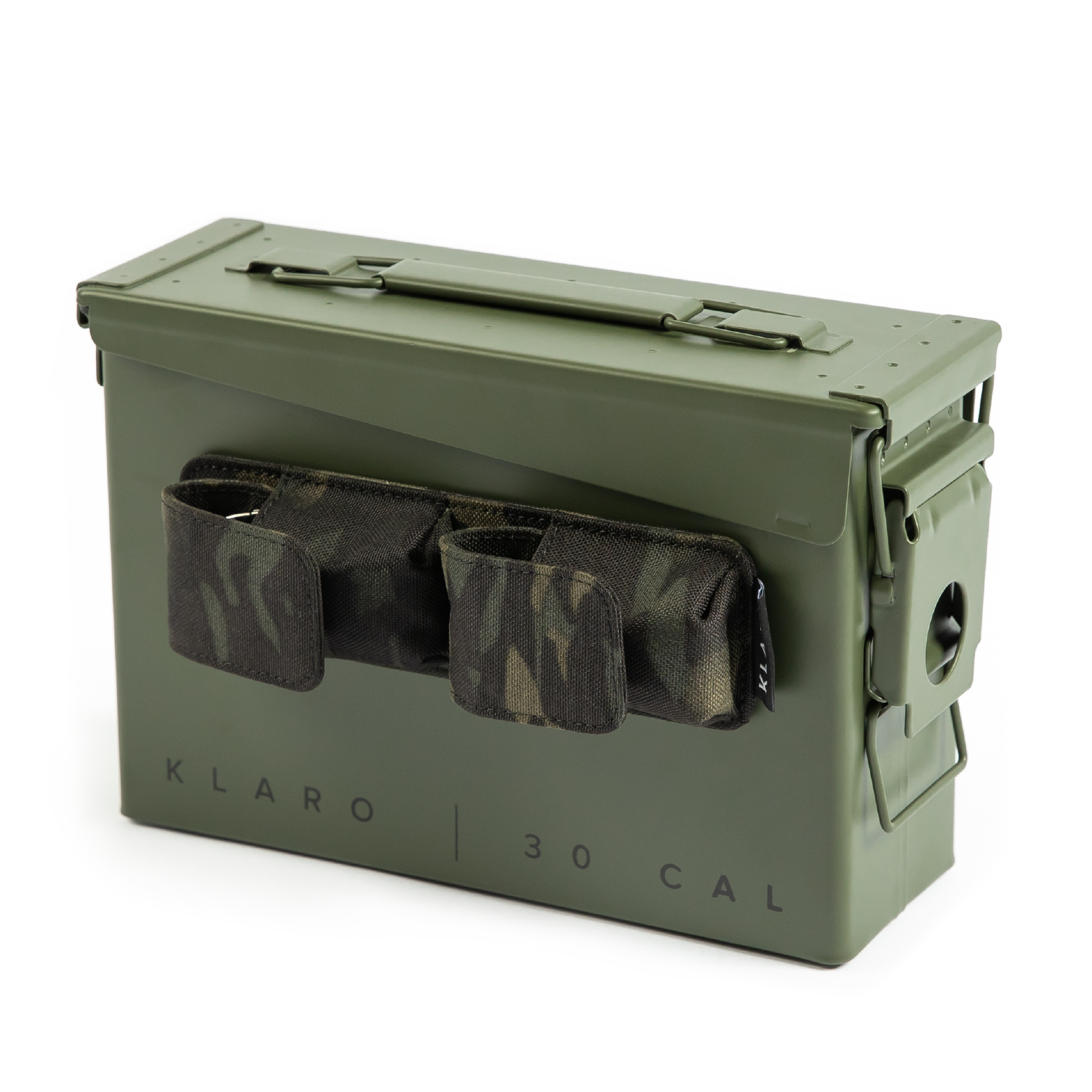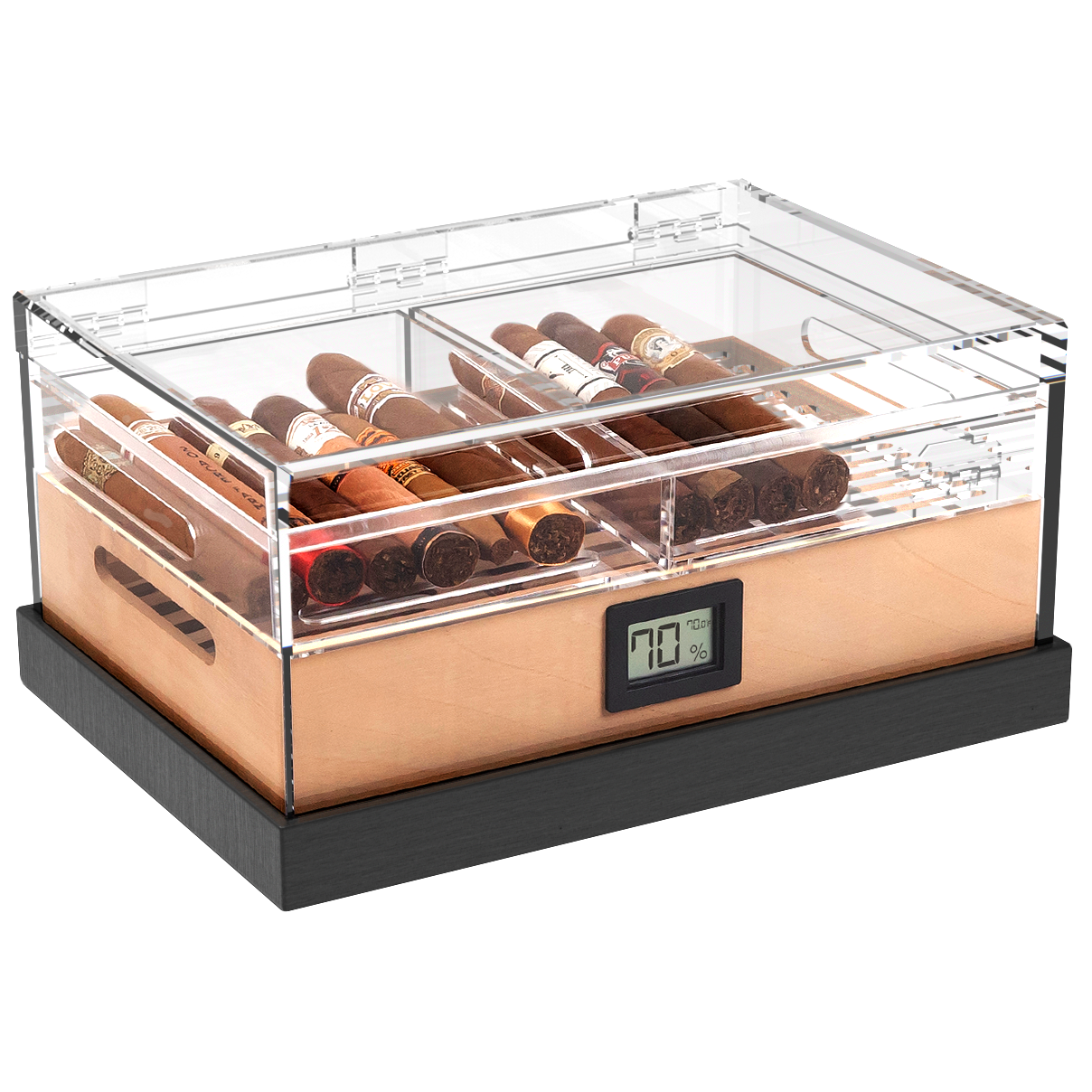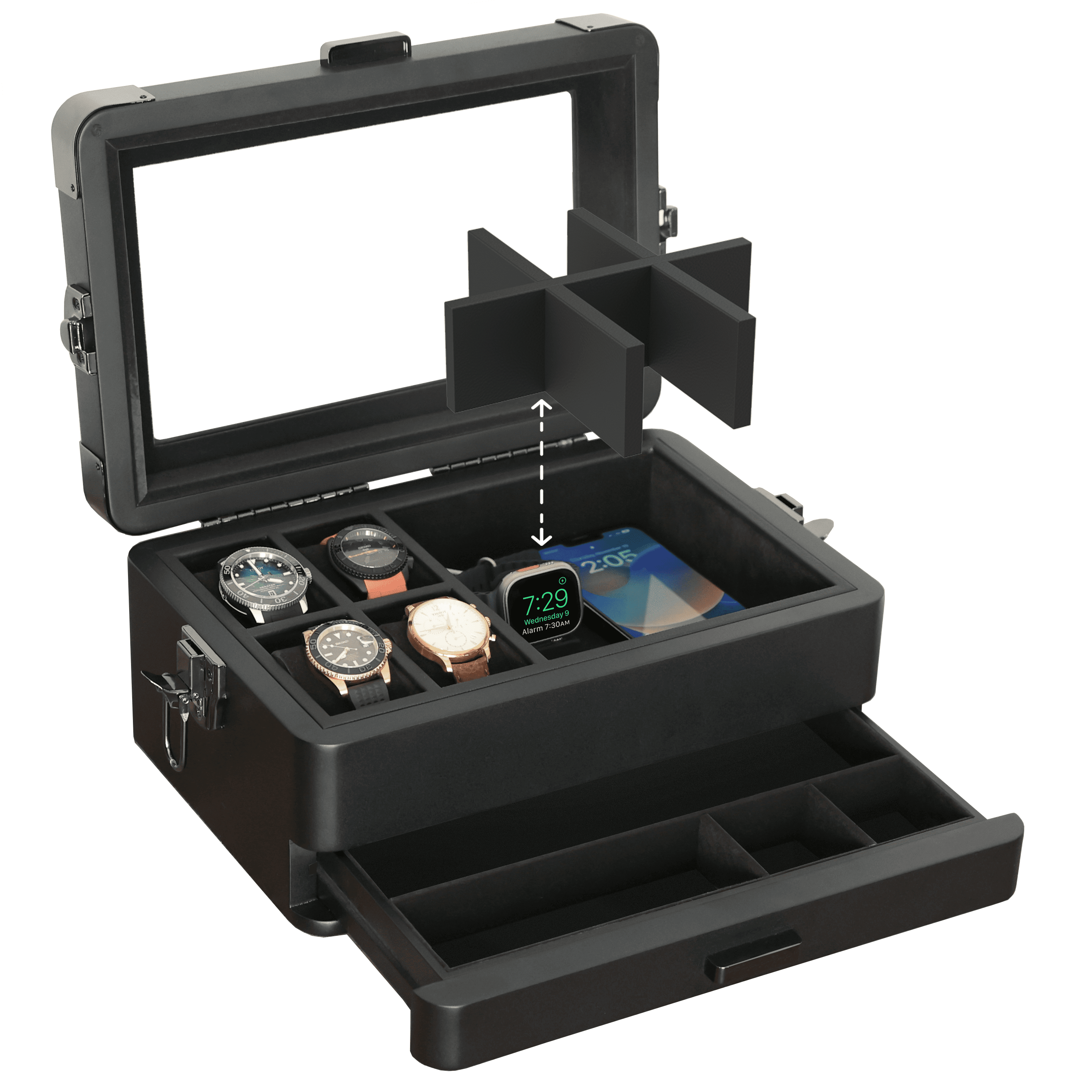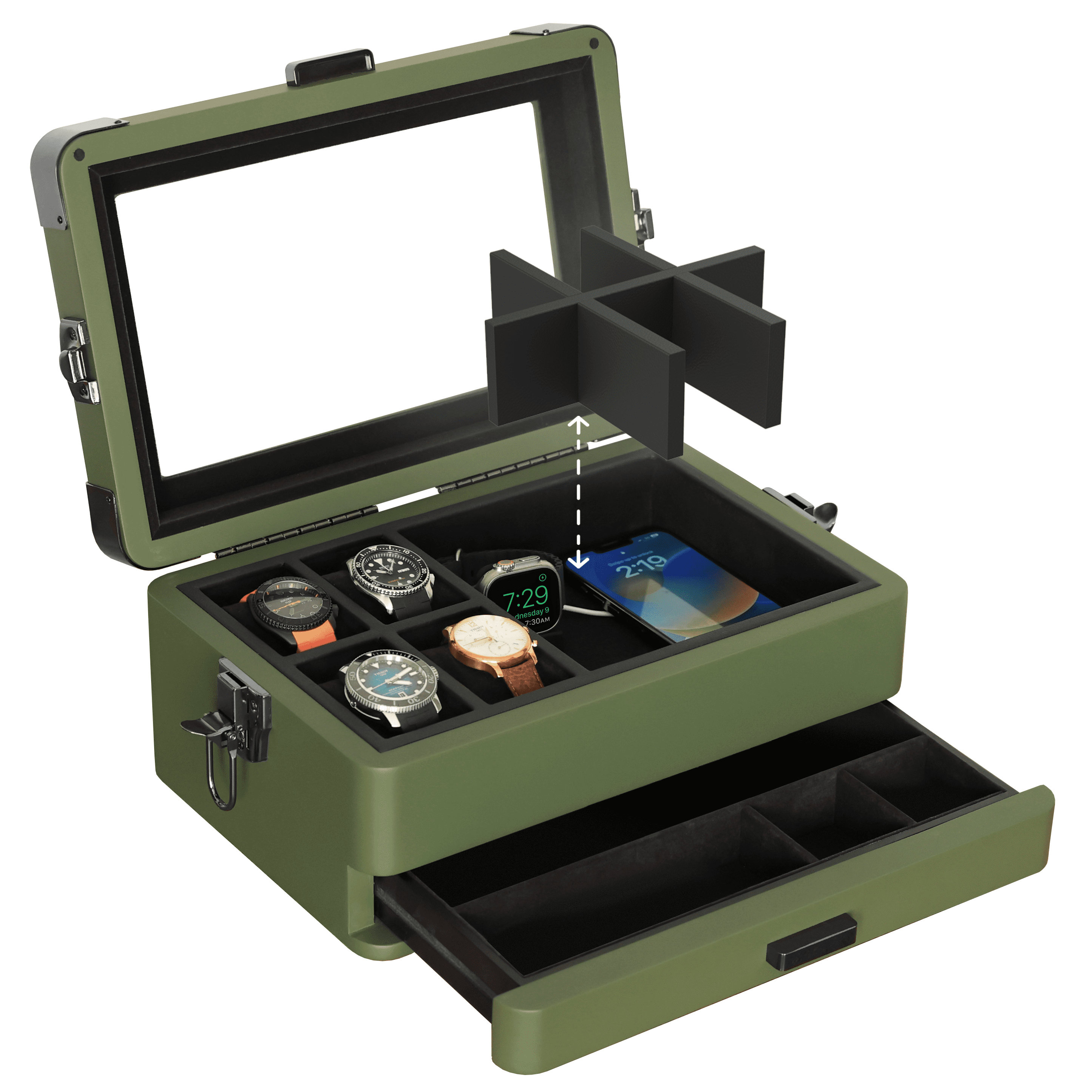How you light a cigar can determine the trajectory of the smoking experience to come. That initial light not only affects how evenly the cigar burns, but when done correctly, it also ensures that you experience the flavors and aromatics of the various tobaccos inside as intended by the master blender.
The goal is simple: Create an even burn across the entire surface of the foot of the cigar, creating a healthy cone/ash, without scorching the tobacco or lighting in a way that leads to any combustion, performance, or flavor inconsistencies.
In this article, we’ll cover various cigar lighting techniques and torch lighter types, and then discuss some common mistakes and pitfalls to avoid when lighting cigars. We’ll also toss in some maintenance tips, a few safety notes, and talk about the significance of a good relight or touch-up along the way. The goal here is to make sure that you receive a superior cigar smoking experience with every blend, every time.
But before we begin, we should probably discuss the three most common types of torch lighter, and the perks and pitfalls that each one offers. For not every torch is intended to be paired with every cigar type, and visa versa.
Choosing the Right Torch Lighter
What you use to light your cigar plays a massive role in what follows. If you've ever used matches or cheap flick lighters to light a cigar you more than likely polluted the hell out of your stogie. Take matches for instance. Most garden-variety match heads contain contaminants like phosphorus sulfide, potassium chlorate, and even powdered glass. Sounds yummy, right?
Flick-style lighters also have their own unpleasantries, with flint dust/debris and uncombusted fumes from the fuel port posing the biggest concerns. In contrast, a quality torch lighter does not contain any of these contaminants, and as long as you use a clean gas when refueling, there is no risk of receiving off-flavors from fuel fumes. So in essence, the whole torch vs. traditional lighters competition favors torches even prior to ignition.
Now as for selecting the right torch for your needs, that is going to have just as much to do with budget and personal preference as the type of cigar you prefer and the number of stogies you burn weekly. There are thousands of different types of torch lighters on the market, with more coming to market every other day it seems.
So to keep things as digestible as possible we’ll focus upon the three most common styles of flame found in a torch lighter: Single, double, and triple flame. There are pros and cons to each design, so bear the following facts in mind prior to making that big purchase.
Single Torch
Pros: Burns fuel at
Cons: Not ideal for lighting larger cigars, more likely to be extinguished in windy environments, not nearly as impressive-looking.
Dual Torch
Pros: Provides a nice balance between fuel-efficient precision and large cigar lighting techniques.
Cons: Only available in a linear configuration, so can be a bit tricky to master. Burns fuel at double the rate of a single torch.
Triple Torch
Pros: Ideal for lighting even large cigars quickly, multiple fuel jets piggyback on one another to lower the risk of being extinguished, and triangulated configuration provides a pointed approach.
Cons: Rapid fuel consumption rate, more complicated by design, can easily over-torch a cigar, not the best option for smaller ring-gauge cigars.

Fuel & Safety
All torch lighters are intended to run on refined butane, and for high-end cigar jet lighters, it is vital that you do not attempt to utilize other fuel types. Attempting to use an adapter so that you can refill your lighter with propane or some form of mixed gas comes with the risk of ruining your lighter, so always stick with butane.
And then there is the topic of using a torch lighter properly, and its safety features. The most common safety feature found in a jet lighter is a latching/locking lid to protect the jets from the elements and debris. This also helps prevent you from accidentally setting your pants on fire if that ignition switch somehow gets toggled while the lighter is in your pocket. Additionally, you will find that the refill port is countersunk into the lighter itself to prevent clogging and accidental fuel bleeding, and that some styles may come with an ignition lock.
Preparing the Torch Lighter
If you’ve just purchased a torch lighter, chances are it will need to be filled with butane prior to being used. Certain brick-and-mortar shops will prefill display lighters or fill your lighter for free upon purchase, but online orders always come unfilled due to fire safety transit conce
Filling a torch lighter with butane is as simple as sticking the nozzle tip of the can into the fueling port on the lighter, and pressing firmly in a vertical position in 20-30-second increments until full.
Once charged, hit the igniter and see if the flame is at the right level for your personal tastes. Testing a torch lighter flame height allows you to fine-tune heat levels and fuel consumption rates, with most people preferring a setting that is somewhere in the middle.
If there is not an adjustment dial that can be twisted by hand on the torch, adjusting the flame height will likely require the use of a small flathead screwdriver and access to the filling port. There should be a slot in the lip of the port hole, and a plus and minus sign stamp nearby. Rotate the lip in the direction you desire and test the lighter’s flame height as you go until you reach the perfect height.

The Lighting Process
Knowing how to properly light a cigar with a torch starts with positioning the cigar and your torch. Too close and you’ll overheat the cigar. Too far and you’ll just be wasting precious fuel. Since a torch lighter creates extreme levels of heat, the flame does not need to touch the cigar for it to ignite. Even an inch or two away can often be enough to get things going.
Spacing the lighter a safe distance fro
Foot toasted, it is time for lighting the cigar, which means placing the stogie in your mouth, and using that same safe lighting distance that you found worked on the foot. Rotating the cigar while using a torch lighter will not only guarantee that the entirety of the foot is lit, but it will also prevent you from overheating one section of the foot of the cigar.
Just note that the best ways to light cigars are always the most carefully calculated. So be careful to not char the sides of the cigar wrapper, and only light the foot. A quick inspection and an exhale on the ash will literally illuminate if the foot has been fully lit. If not, don’t stress, and hit that missed section with your torch one more time until the whole foot is burning evenly.
Post-Lighting Rituals
As the cigar combusts, be sure to monitor its burn line. An uneven burn is not only unsightly and creates a messy ash, but it also produces imbalance cigar flavor profiles. One of the most common uneven burn issues is “tunneling,” where the long-filler section in the center burns but not the outside binder and wrapper. The other burn problem commonly encountered is “canoeing.” This is where one side of the cigar combusts but not the other, which if allowed to form, eventually creates a hollowed-out canoe shape.
To negate uneven burn issues, merely break out your torch lighter, and conduct what is called a “touch-up.” All this requires is hitting the section of the cigar that is not burning right with a quick touch or two from the flame and you should be back on track.
Knowing when to let the cigar rest is also important, as that allows the cone, or cherry of the cigar to combust on its own and cold down in between pulls. If the cigar starts to taste charred or bitter, the stick feels hot in the hand, or the smoke being pulled suddenly spikes in temperature, then it’s time for a quick rest. A 1-2 minute break is typically all that it takes for a cooldown to occur, so don’t wait too long or your smoke might go out. At which point it will need to be relit, which is unfortunate, but most often non detrimental to the flavor profile of the cigar.
Common Mistakes and How to Avoid Them
As for cigar lighting techniques, tobacco etiquette, and the blunders most commonly seen when using a torch lighter, over-torching, and thus overheating the cigar is probably the most common. Keep that flame at a distance and know that once the foot is lit you can immediately stop the lighting process.
Another common mistake people make is not noticing when their torch does not fully ignite, or ignite at all. This will cause you to suck all of those butane fumes into the cigar, which can cause uneven burn issues and absolutely dreadful off-flavors.
The final torch lighter blunder we see a lot is uneven lighting. Cigars are meant to be enjoyed in a relaxed state. Don’t rush the torch lighting process, and make sure that foot is properly toasted and fully lit prior to putting that flame down.

Maintaining Your Torch Lighter
Maintaining your torch lighter has more to do with regular cleaning maintenance and removing old butane and air from the fuel system than anything else. This act is called “purging” or “bleeding,” and all it entails is sticking a metal pick in the fueling port of the butane torch lighter, thus allowing all of the unspent fuel and air trapped inside to escape. Once bled, you can refuel the lighter and you’re all set.
If you ever encounter flame Issues or ignition problems, chances are it means it is time to bleed your lighter, and then search for any debris that might be clogging things up near the flame and igniter.
Since most torch lighter come with a latching closure lid, safe storage can be achieved in virtually any environment. Just keep that torch away from kids, because these things do get insanely hot.
Advanced Techniques
Relighting a partially smoked cigar with a torch lighter is as simple as tapping off any excess ash, and then applying flame to the area where the cigar went out. Just remember that you can still over-torch the damn thing, so only do the bare minimum to prevent any char flavors from forming.
And despite being labeled as being “windproof,” most torch lighters can be extinguished by a strong enough wind gust. That’s why when lighting in windy conditions it is always best to seek shelter, or place your hand or back to the wind to prevent an uneven light.
And then there is the act of using a torch lighter for different cigar sizes. While some may claim that a nice triple torch lighter will take care of any job, be it be big or small, there are those who prefer the control found within a single torch. Either way, take it easy and don’t rush, because once you over-torch a cigar there is no going back and you might as well throw the whole damn stick away.
Summary
If you can control how far the lighter is from the cigar, and remember to toast the foot first, all while rotating the cigar while lighting, then congratulations. You can properly light a cigar with a torch lighter.
Not only do these cigar lighting techniques make you look like a total badass, but they also come with some exclusive torch lighter benefits. A clean and quick light, fewer fumes, and the ability to surgically amend any uneven burn issues e
To learn more about cigars, humidors, and cigar accessories, check out the following resources:
- Is There Nicotine In Cigars?
- Looking for the Best Small Humidor?
- How to Refill Torch Lighter With Butane



